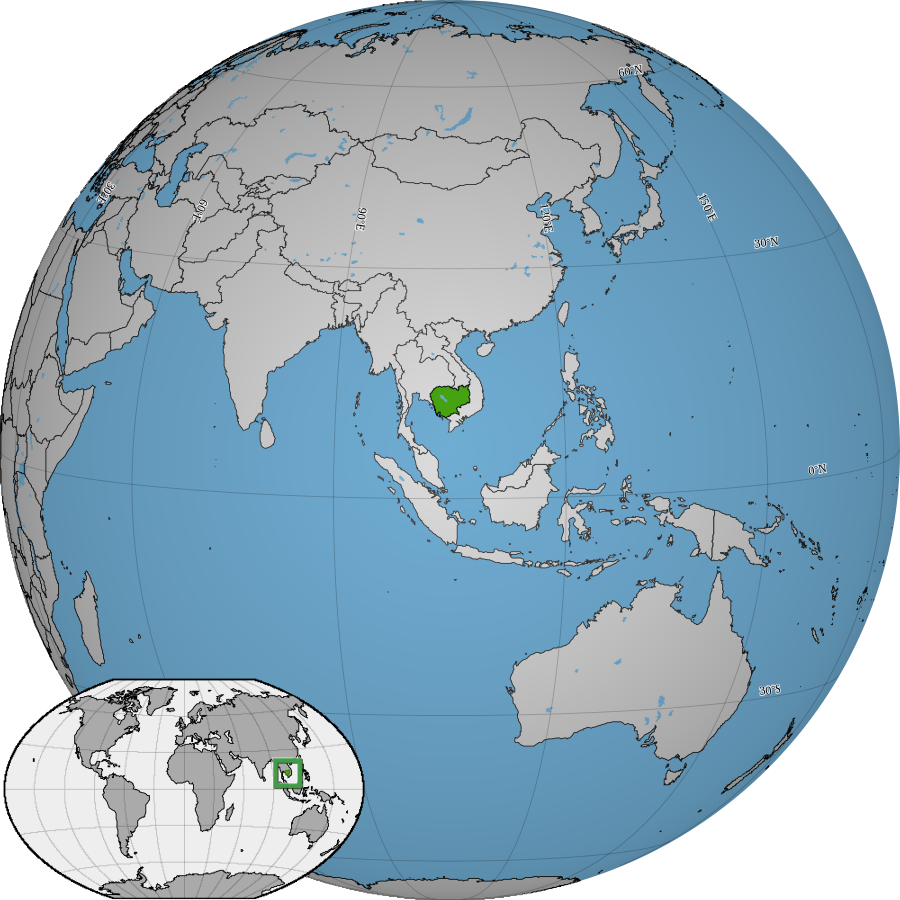H5N1 avian influenza
Cambodia’s Ministry of Health reported a human case of H5N1 avian influenza yesterday in a 9-year-old boy from Kratie province in northeastern Cambodia.
Despite medical intervention, the child died on February 8.
Based on the investigation of the household, 5 chickens and 3 ducks died and the chickens and ducks were eaten.
This is the third human case in Cambodia this year.
Second human H5N1 avian influenza case reported in Cambodia this year
From 2003 to date, there were 65 cases of human infection with H5N1 avian influenza, including 42 deaths in the Southeast Asian country, according to the health ministry.
Animal influenza viruses normally circulate in animals but can also infect humans. Infections in humans have primarily been acquired through direct contact with infected animals or contaminated environments. Depending on the original host, influenza A viruses can be classified as avian influenza, swine influenza, or other types of animal influenza viruses.
Avian, swine, and other animal influenza virus infections in humans may cause disease ranging from mild upper respiratory tract infection to more severe diseases and can be fatal. Conjunctivitis, gastrointestinal symptoms, encephalitis and encephalopathy have also been reported. There have also been several detections of A(H5N1) virus in asymptomatic persons but who had exposure to infected birds in the days before a sample was collected.
Monkeypox
Health officials also reported an additional mpox, or monkeypox case. This brings the total number of infections in the kingdom to six since last December.
“Laboratory results from the National Institute of Public Health showed on Thursday that another man was diagnosed with mpox, so the total confirmed cases of the disease in Cambodia have risen to six,“ the ministry said. “The latest patient has been undergoing proper treatment at a hospital.”
Health officials renewed calls on people to be cautious, saying that mpox virus can be transmitted from person to person through all forms of sexual contact with a person with mpox and through direct contact with wounds, body fluids, saliva, and equipment contaminated with the virus.
“Individuals with symptoms such as rash with blisters on the face, palms, feet, body, eyes, mouth or genitals, fever, swollen lymph nodes, headache, muscle aches, low back pain, and fatigue should visit a health centre or hospital for a consultation or test for mpox,“ the ministry said.







